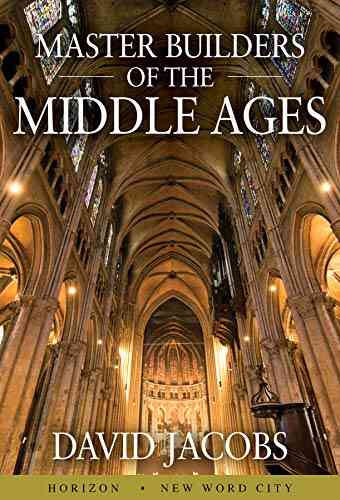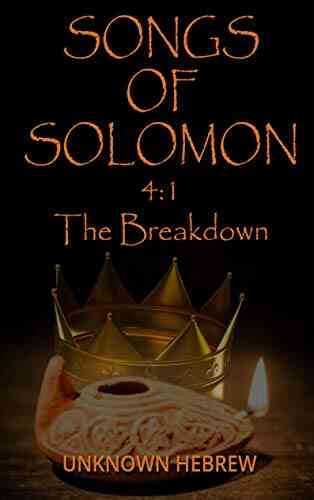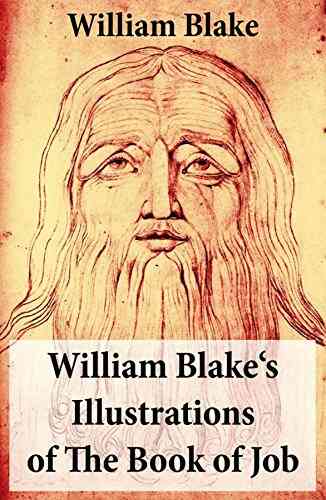The Master Builders of the Middle Ages: Crafting Architectural Marvels that Stood the Test of Time

When we think of the Middle Ages, grand castles, towering cathedrals, and picturesque villages come to mind. These iconic architectural structures, which still exist today, were the masterpieces of the skilled craftsmen known as the Master Builders. These artisans not only created visually stunning structures but also pushed the limits of engineering and design during a time of limited resources and technological advancements.
From the 5th to the 15th century, Europe witnessed a period of remarkable construction, marked by the ingenuity and creativity of the Master Builders. These individuals were revered for their expertise in various fields such as stonemasonry, carpentry, and metalwork. Their dedication and attention to detail left an indelible mark on history and set the stage for future architectural marvels.
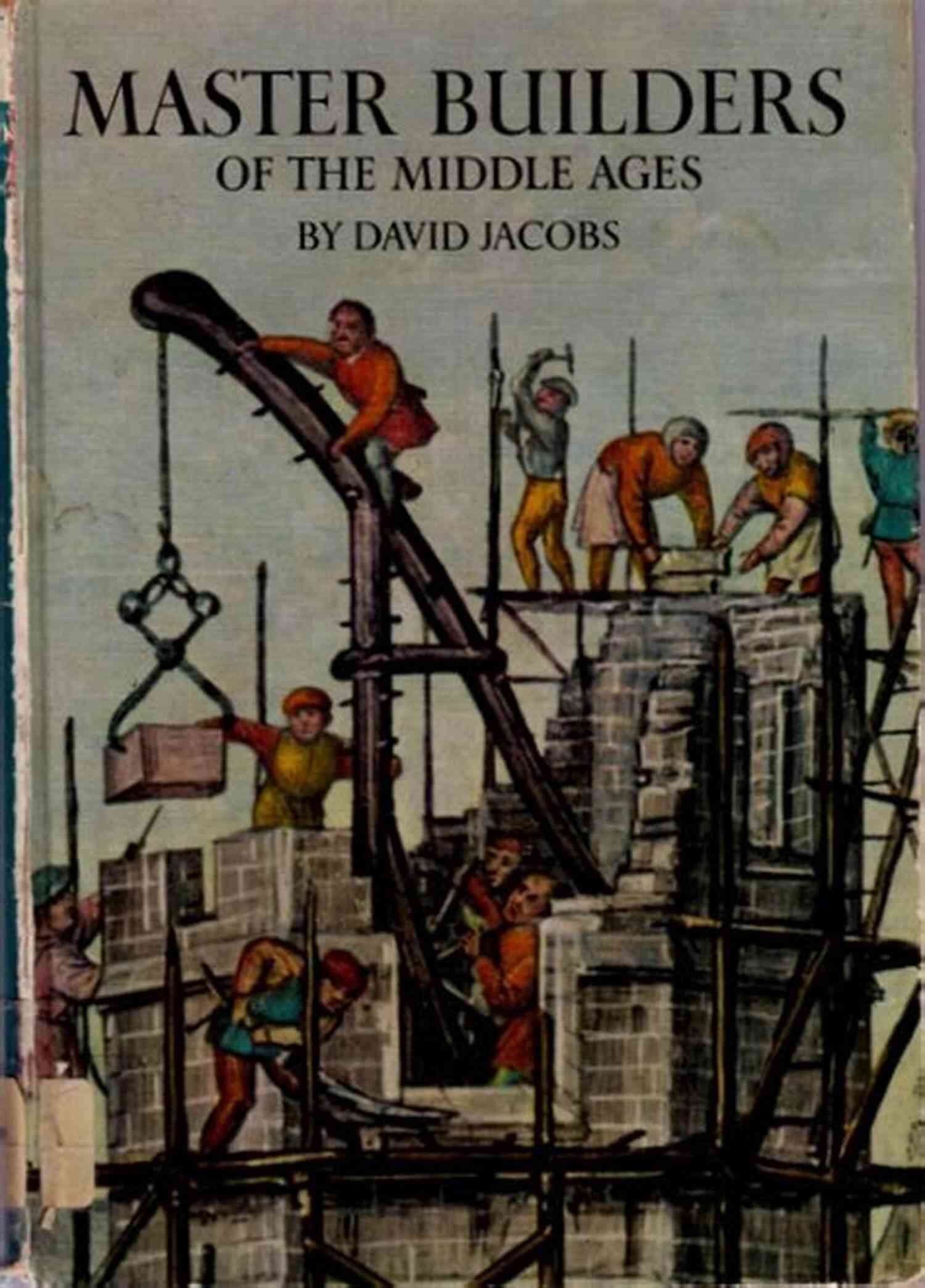
One of the most iconic architectural achievements of the Middle Ages was the construction of castles. These fortresses served as defensive structures, symbols of power, and residences for the ruling elite. Each castle was a unique creation, tailored to suit the landscape and strategic requirements of its location.
4.1 out of 5
| Language | : | English |
| File size | : | 10832 KB |
| Text-to-Speech | : | Enabled |
| Screen Reader | : | Supported |
| Enhanced typesetting | : | Enabled |
| X-Ray | : | Enabled |
| Word Wise | : | Enabled |
| Print length | : | 103 pages |
| Lending | : | Enabled |
The Master Builders employed their extensive knowledge of materials, geometry, and fortified designs to construct castles that withstood the test of time. From the massive stone walls to the spiral staircases, every aspect of these structures showcased their skills and artistic flair. The intricate stone carvings, heraldic motifs, and towering towers demonstrated the intricate craftsmanship of these builders.
The castles of the Middle Ages were not only imposing structures but also functional homes. The layout included residential quarters, storage facilities, chapels, and defense systems like drawbridges and moats. The Master Builders worked closely with various craftsmen to ensure seamless integration of every element, resulting in coherent and unified structures.
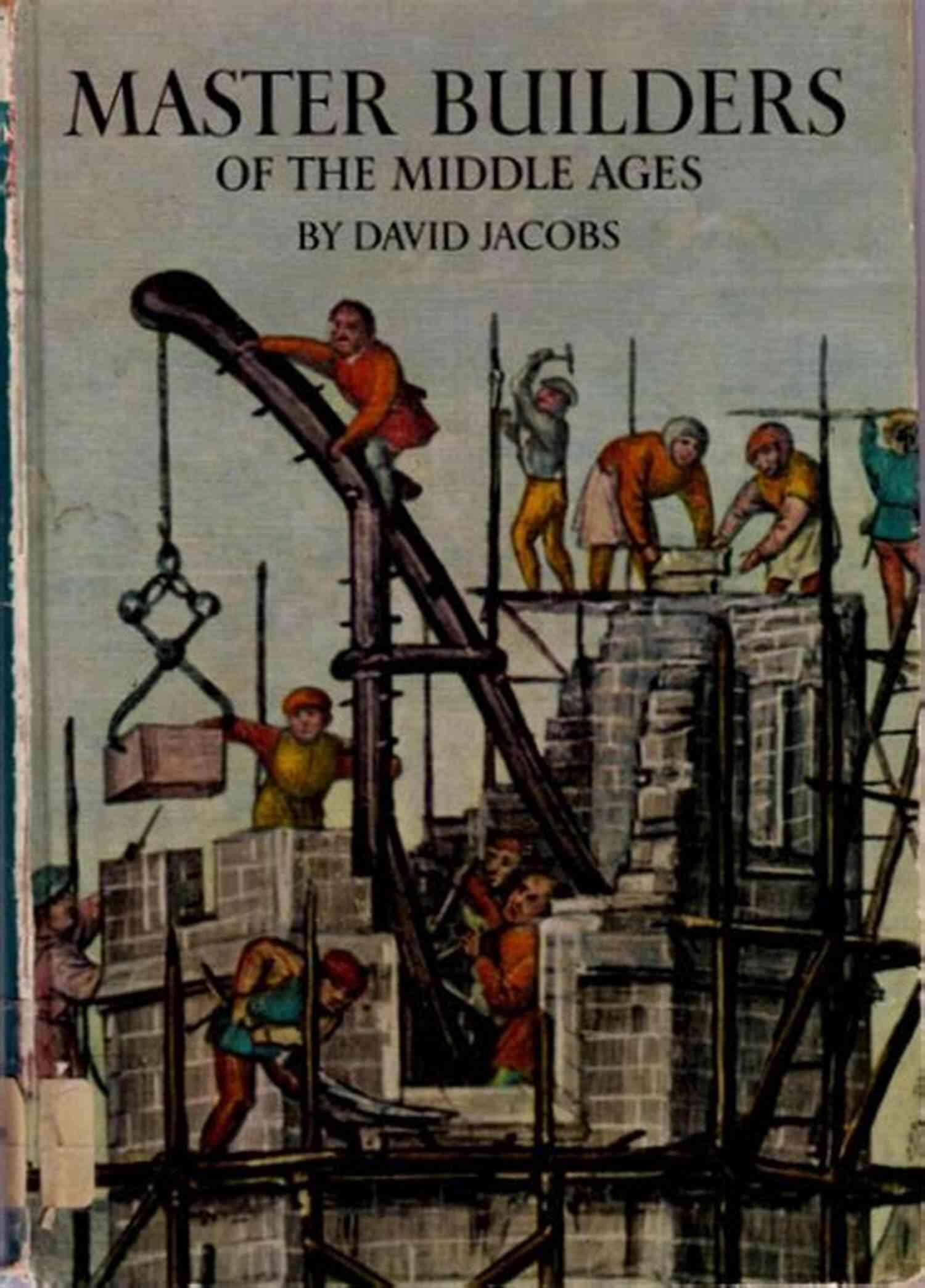
Perhaps the most awe-inspiring creations of the Middle Ages were the Gothic cathedrals, characterized by their soaring spires, intricate stained glass windows, and mesmerizing flying buttresses. The Master Builders combined religious fervor with architectural innovation to create these celestial structures that left the onlookers spellbound.
The Gothic cathedrals pushed the boundaries of engineering and design. The Master Builders incorporated innovative construction techniques, such as ribbed vaults and pointed arches, to create vast interior spaces and distribute the weight of the towering structures. The flying buttresses, which appeared to defy gravity, provided additional support and enabled the cathedrals' iconic windows to reach unprecedented heights.
These architectural magnum opuses were not only feats of engineering but also testaments to the deep religiosity of the time. The stained glass windows, richly adorned with biblical stories and symbols, bathed the interiors with ethereal light, creating an otherworldly atmosphere. The minute details and precision of these structures continue to astonish visitors centuries later, proving the exceptional skills of the Master Builders.
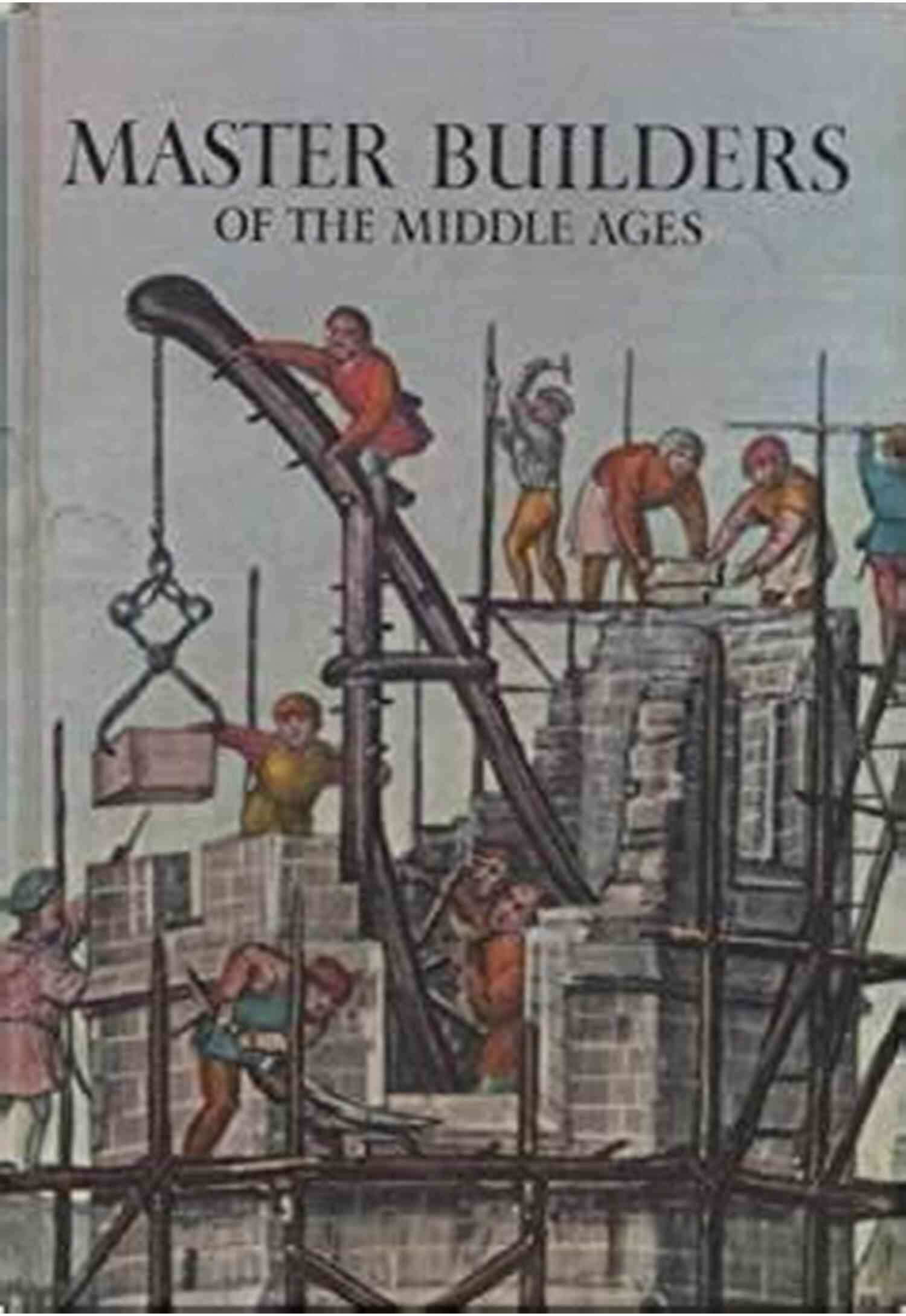
The Middle Ages witnessed a surge in exploration and seafaring. The Master Builders played a crucial role in constructing sturdy and seaworthy ships that braved the treacherous waters. From mighty warships to elegant trading vessels, they mastered the art of shipbuilding, using their expertise in carpentry and understanding of naval architecture.
These shipbuilders meticulously selected timber, incorporating innovative techniques such as clinker construction, where planks overlapped to enhance strength and durability. The Master Builders utilized their knowledge of sail design to ensure optimum efficiency, allowing ships to navigate the seas with ease.
The ships crafted by these artisans opened up new trade routes, facilitated cultural exchanges, and spurred exploration. The Viking longships, the cog merchant vessels, and the Byzantine dromons were all masterpieces of naval architecture that showcased the craftsmanship of the Middle Ages.
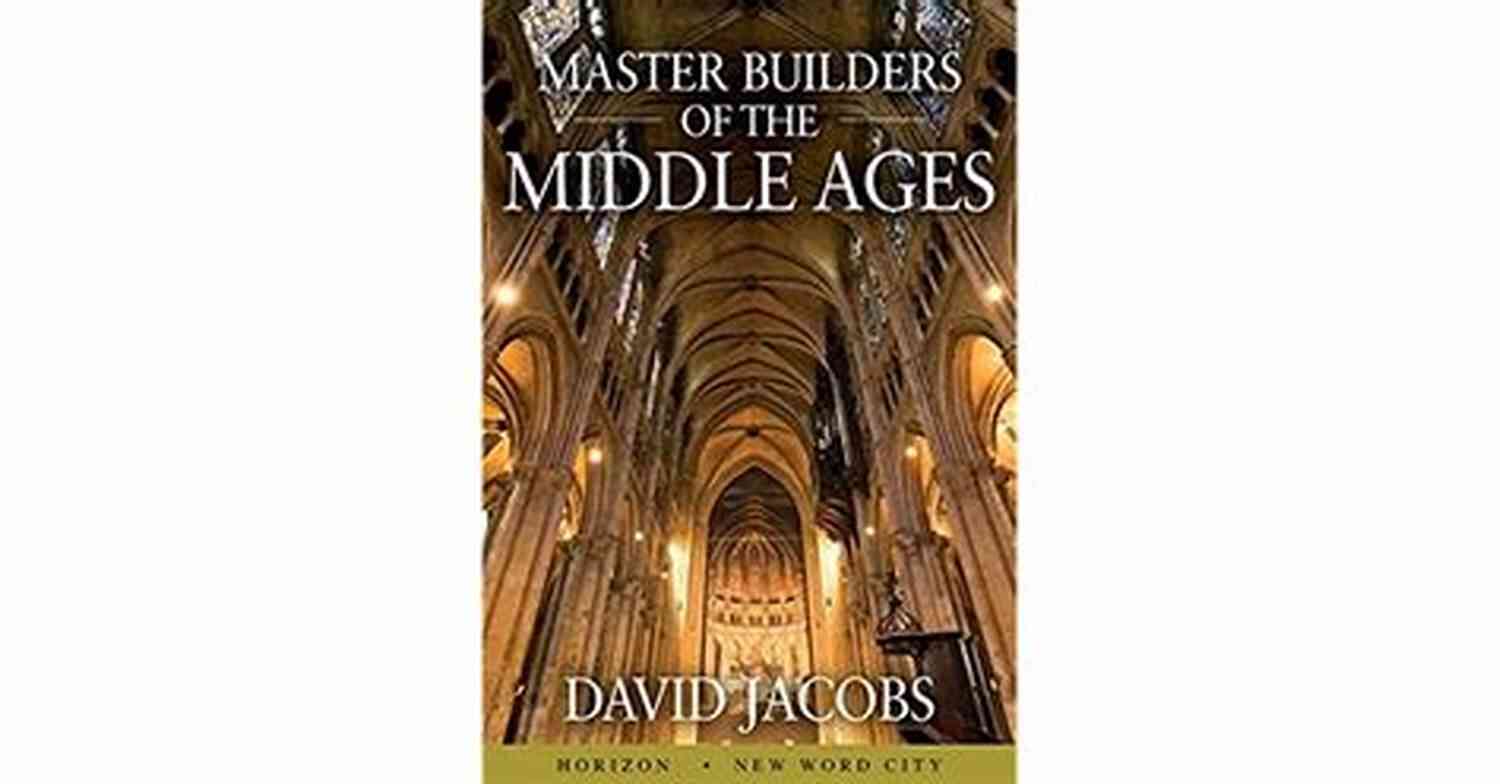
One cannot discuss the enduring legacy of the Middle Ages without mentioning the exquisite stone arches that dot the landscape. From humble bridges to majestic aqueducts, these architectural wonders owe their existence to the skilled stonemasons, a significant subset of the Master Builders.
The construction of stone arches required a deep understanding of mathematics, as the builders had to meticulously calculate angles, forces, and proportions to ensure structural integrity. By skillfully arranging stones without the use of mortar, the Master Builders created arches that could support immense weight, withstand the test of time, and become iconic symbols of human achievement.
The Romanesque and Gothic styles stand out as the epitomes of stone arch construction during the Middle Ages. Churches, monasteries, and even city walls were adorned with these marvels, showcasing the ingenuity of the era.
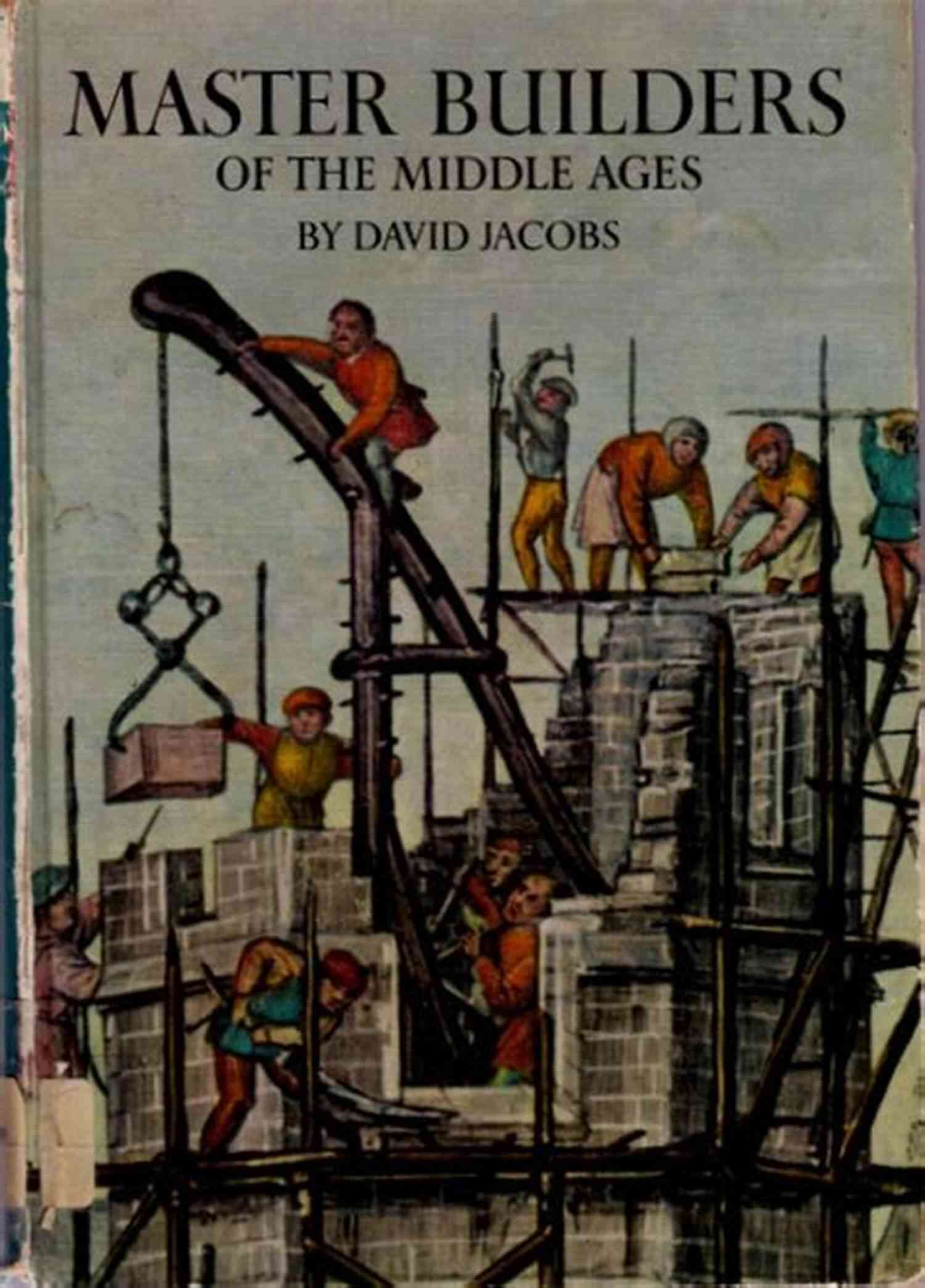
The Master Builders' ability to create such awe-inspiring structures was not solely reliant on their craftsmanship but also on the tools at their disposal. These artisans possessed a wide array of specialized tools, each crafted with precision to assist them in their endeavors.
The tools included hammers, chisels, and levels, essential for the stonemasons. Carpenters relied on saws, planes, and drills to shape timber with precision. Metalworkers used anvils, forge furnaces, and tongs to manipulate and shape metals into intricate designs.
These tools were often handcrafted by the artisans themselves, tailored to their unique requirements. The Master Builders' attention to detail extended beyond the structures they created, encompassing the very instruments that aided their craft.
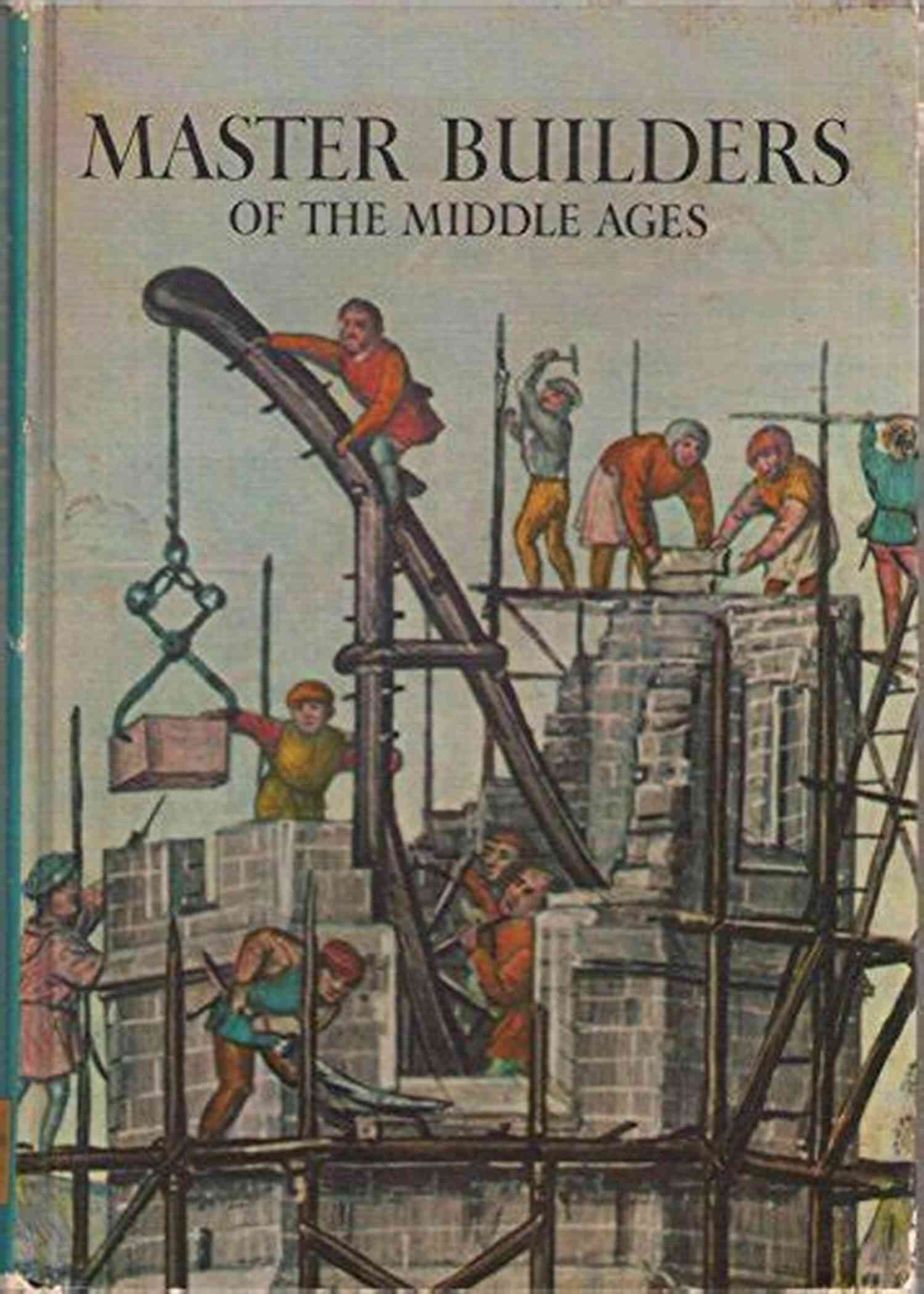
The Middle Ages were a transformative period in architectural history, and the Master Builders played a key role in shaping this legacy. Their innovations, techniques, and attention to detail laid the foundation for future architectural achievements.
Today, we marvel at their creations, exploring the castles, cathedrals, and bridges they left behind. Their enduring impact resonates through time, inspiring architects and engineers to push the boundaries of what can be achieved.
The Master Builders of the Middle Ages were not just builders; they were artists, visionaries, and inventors. Their contributions to architecture were more than mere constructions; they were awe-inspiring testaments to the human spirit, creativity, and ingenuity that transcended the limitations of their time.
Let us continue to celebrate and cherish the legacy left behind by the Master Builders, for they are the true giants upon whose shoulders we stand as we build the future.
4.1 out of 5
| Language | : | English |
| File size | : | 10832 KB |
| Text-to-Speech | : | Enabled |
| Screen Reader | : | Supported |
| Enhanced typesetting | : | Enabled |
| X-Ray | : | Enabled |
| Word Wise | : | Enabled |
| Print length | : | 103 pages |
| Lending | : | Enabled |
Today, the great cathedrals of Europe stand as beautiful, imposing monuments - the pride of parishioners and the wonder of tourists. It is difficult for us now, even with all our engineering and architectural skills, to imagine the extraordinary ways these medieval houses of worship were constructed.
Midway through the twelfth century, the building of cathedrals became a crusade to erect awe-inspiring churches across Europe. In their zeal, bishops, monks, masons, and workmen created the architectural style known as Gothic, arguably Christianity’s greatest contribution to the world’s art and architecture. The style evolved slowly and almost accidentally as medieval artisans combined ingenuity, inspiration, and brute strength to create a fitting monument to their God.
Here are the dramatic stories of the building of Saint-Denis, Notre Dame, Chartres, Reims, and other Gothic cathedrals.
Do you want to contribute by writing guest posts on this blog?
Please contact us and send us a resume of previous articles that you have written.




















Light bulbAdvertise smarter! Our strategic ad space ensures maximum exposure. Reserve your spot today!

 Jan MitchellPoems For The Bee Charmer And Other Familiar Ghosts: Unveiling the Mysteries...
Jan MitchellPoems For The Bee Charmer And Other Familiar Ghosts: Unveiling the Mysteries... Leo TolstoyFollow ·9.9k
Leo TolstoyFollow ·9.9k Caleb LongFollow ·8.6k
Caleb LongFollow ·8.6k Carlos FuentesFollow ·19.4k
Carlos FuentesFollow ·19.4k Blake BellFollow ·19.5k
Blake BellFollow ·19.5k Jermaine PowellFollow ·12.7k
Jermaine PowellFollow ·12.7k Miguel de CervantesFollow ·11k
Miguel de CervantesFollow ·11k Efrain PowellFollow ·11.6k
Efrain PowellFollow ·11.6k Eli BlairFollow ·3.6k
Eli BlairFollow ·3.6k
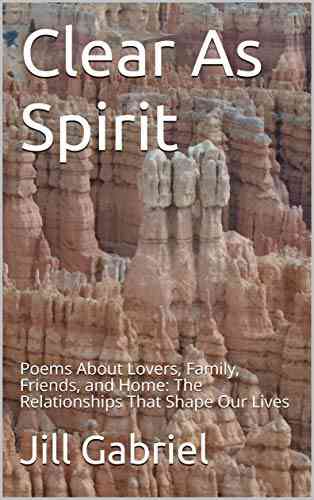
 Fletcher Mitchell
Fletcher MitchellPoems About Lovers, Family, Friends And Home -...
Poetry has always been a powerful...

 Darius Cox
Darius CoxThe Friendship Poems Of Rumi: Discover the Timeless...
Friendship is a sacred bond that...

 Gordon Cox
Gordon CoxLet Go Of Who You Think You're Supposed To Be And Embrace...
Have you ever felt like you were living a...

 Truman Capote
Truman CapoteTreasure Of Pearls Celebrating Life Lived In Poetry:...
Life is a wondrous journey, filled with...

 Jaime Mitchell
Jaime MitchellThe World Of Otome Games Is Tough For Mobs: An Epic...
Welcome to the magnificent realm of...

 Jules Verne
Jules VerneMiss You My Darling - The Powerful Emotions of Longing
Do you ever find yourself longing for...
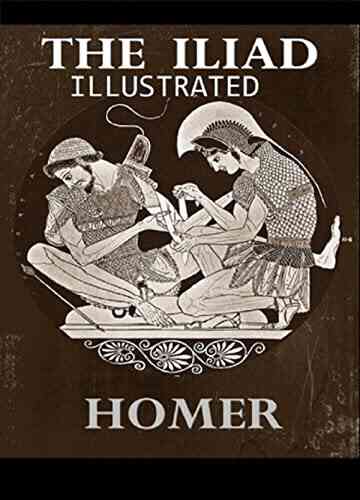
 F. Scott Fitzgerald
F. Scott FitzgeraldThe Iliad of Homer Illustrated Edition: A Timeless Epic...
The Iliad of Homer is a captivating tale...

 Gene Powell
Gene PowellWho Would Search For Pearls Must Dive Below
The Ultimate...

 Bret Mitchell
Bret MitchellHow To Create Animated And Professional Videos Using...
Apple Keynote is not just limited to...

 Caleb Long
Caleb LongThe Incredible World of Aromatic Herbs: Unveiling their...
Are you looking to add a burst of flavor...

 Charlie Scott
Charlie ScottCry Baby Mystic Free Verse Editions: Embracing Emotions...
Poetry has long been a means of...

 Kendall Ward
Kendall WardThe Ultimate Action Guide For Resolving Conflict: Expert...
Conflict is an inevitable part...
4.1 out of 5
| Language | : | English |
| File size | : | 10832 KB |
| Text-to-Speech | : | Enabled |
| Screen Reader | : | Supported |
| Enhanced typesetting | : | Enabled |
| X-Ray | : | Enabled |
| Word Wise | : | Enabled |
| Print length | : | 103 pages |
| Lending | : | Enabled |


